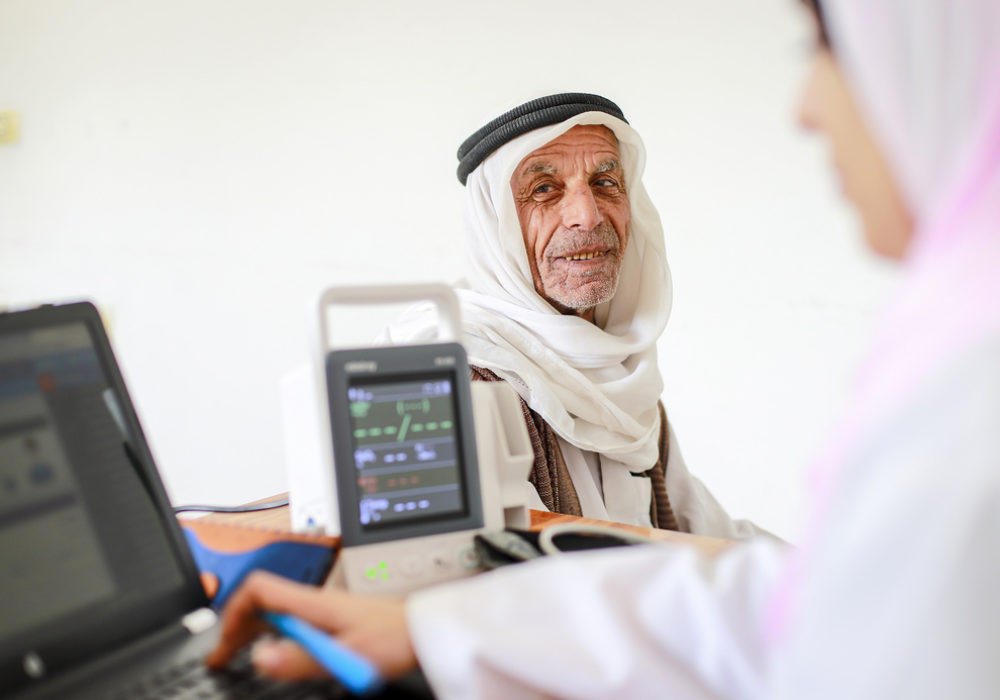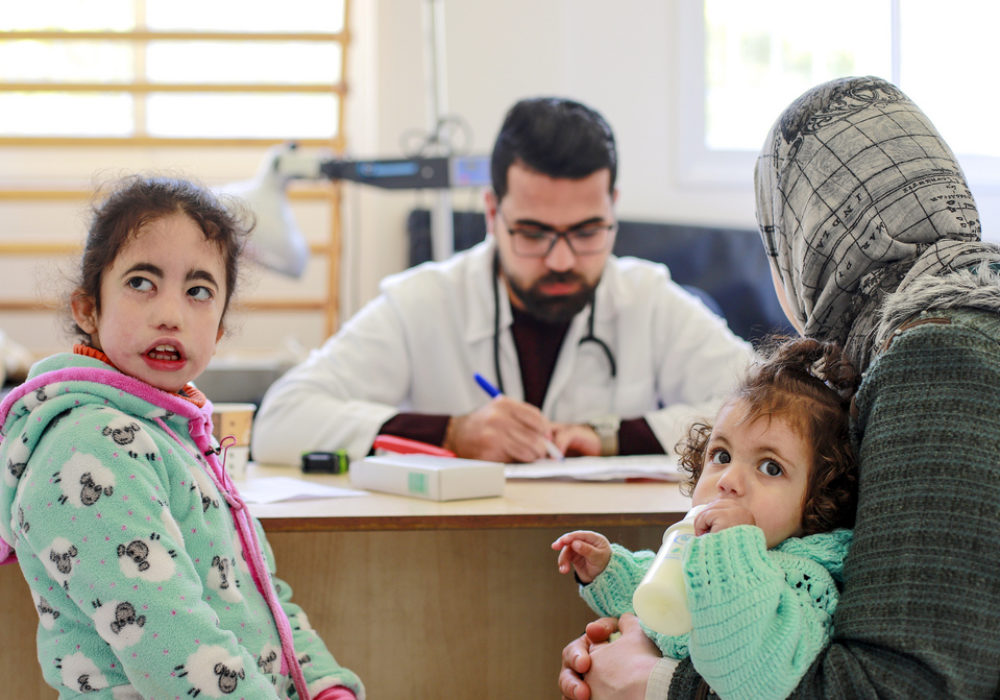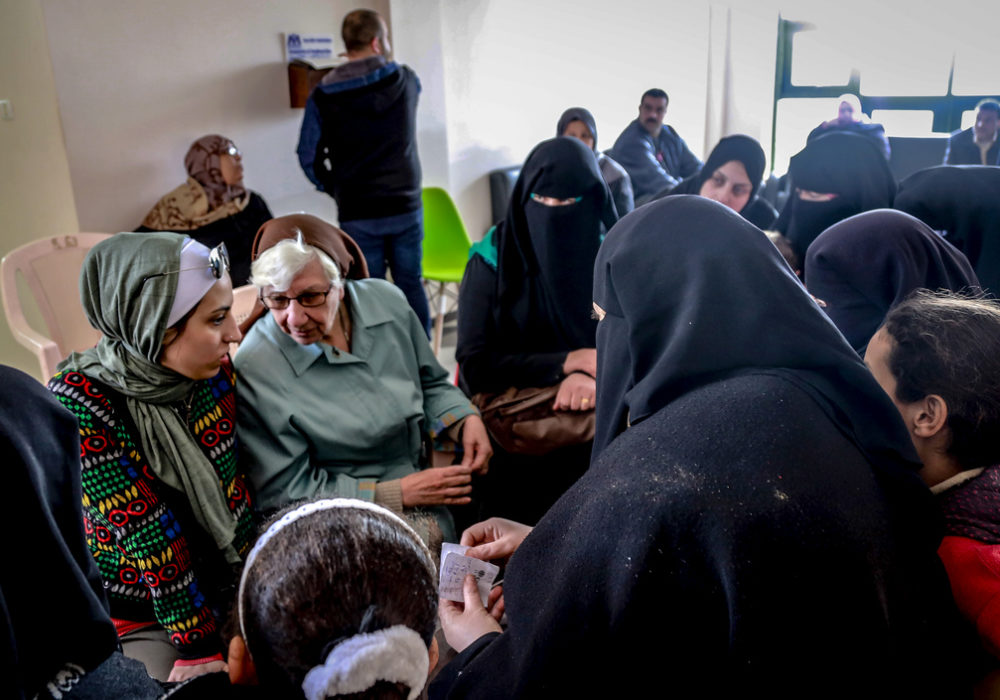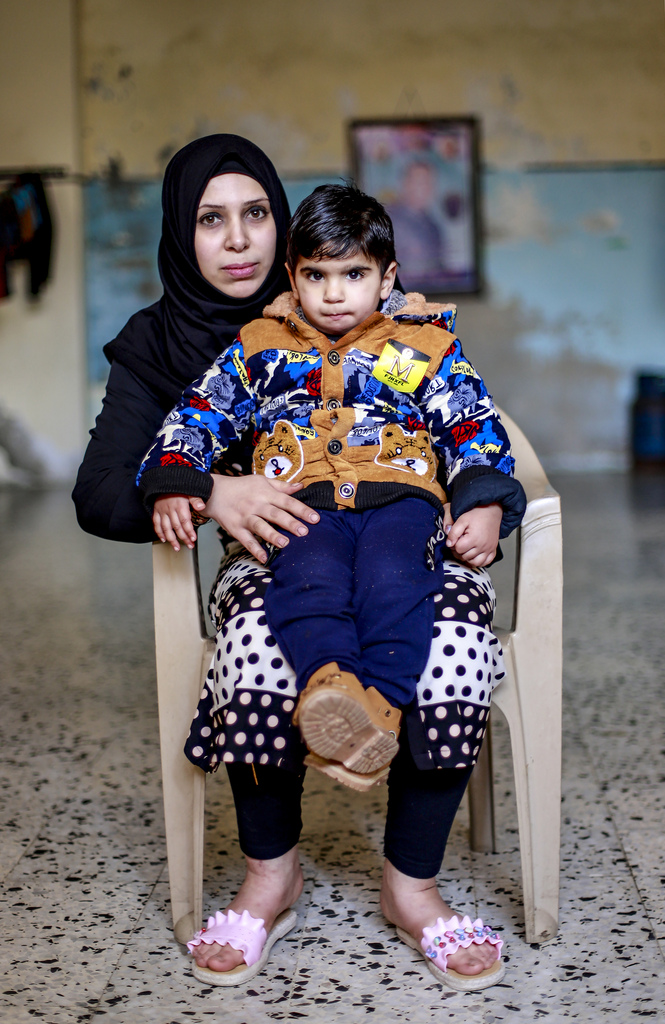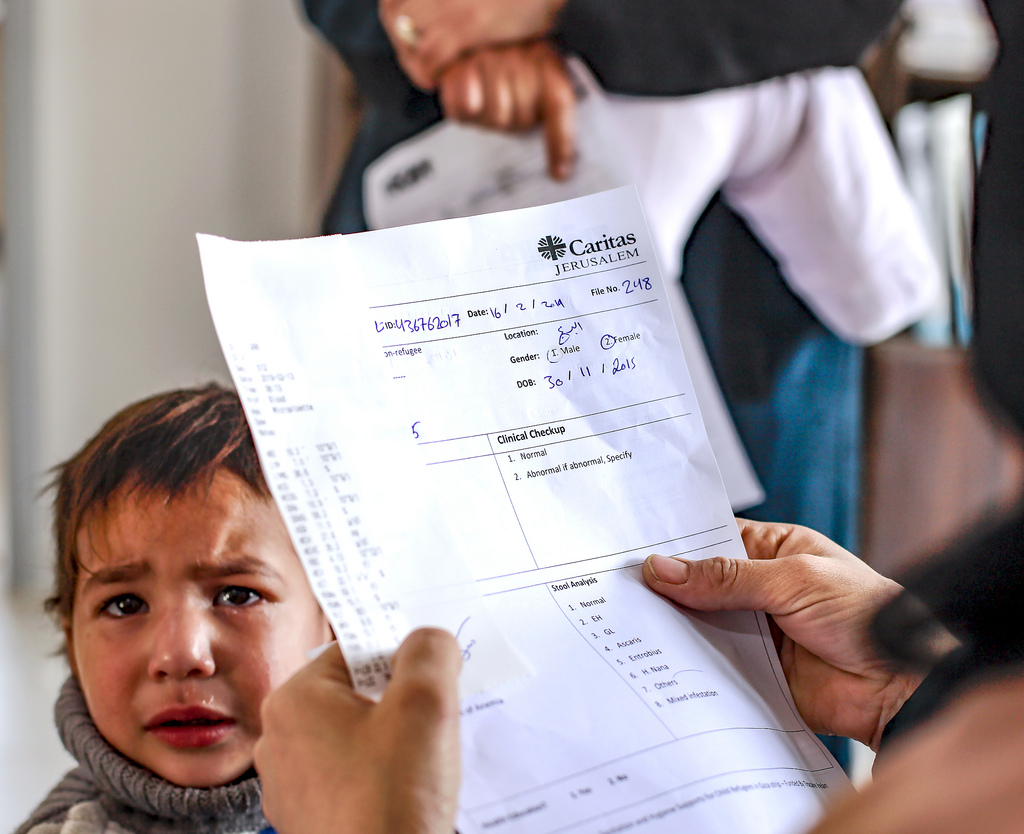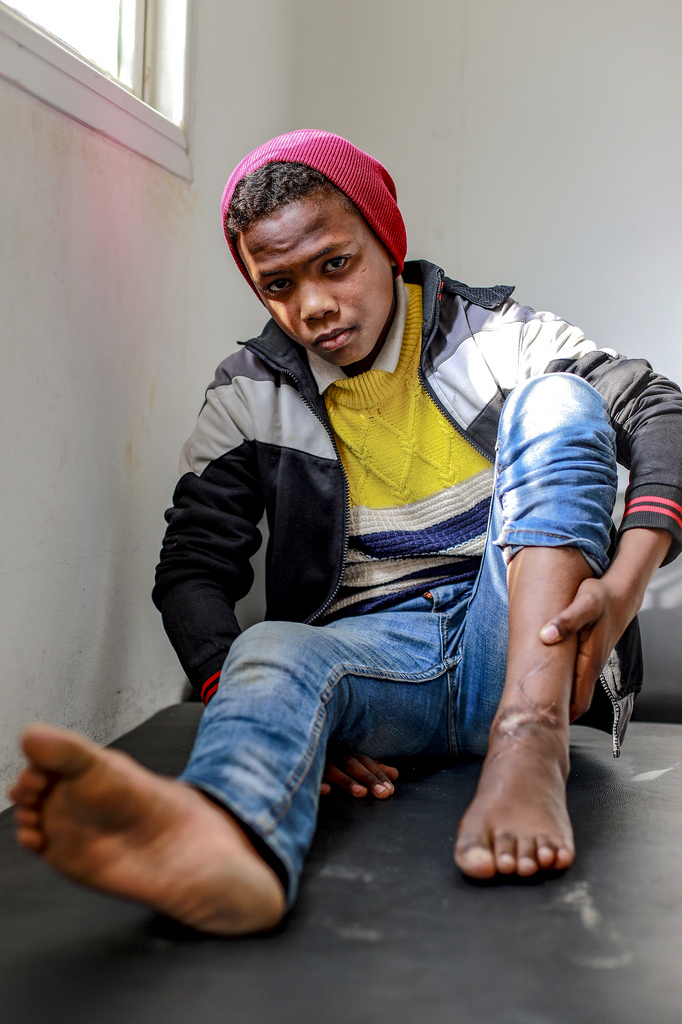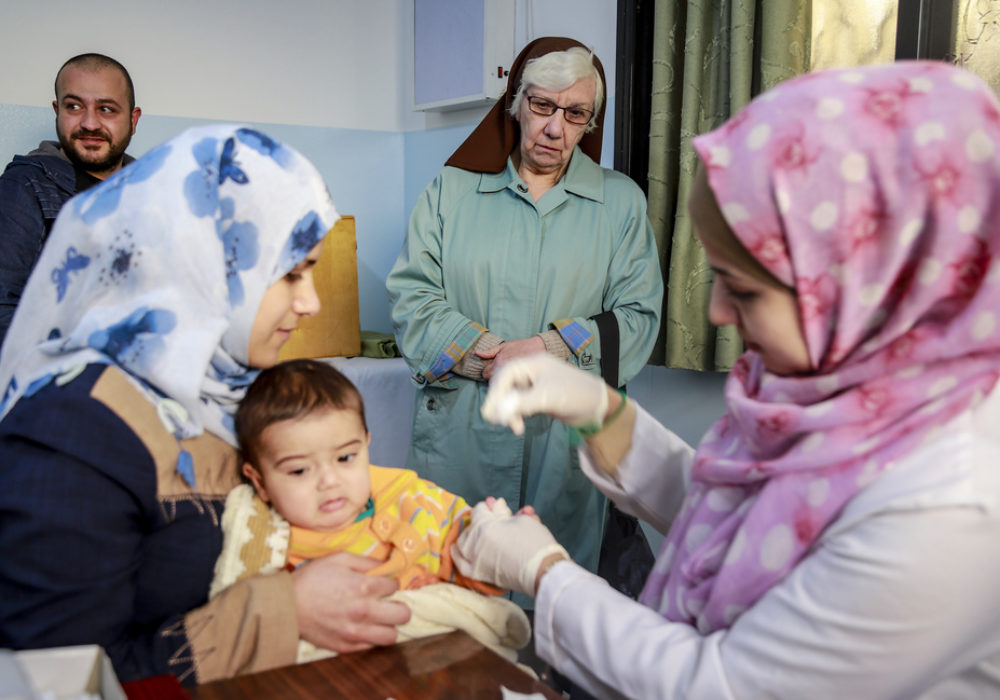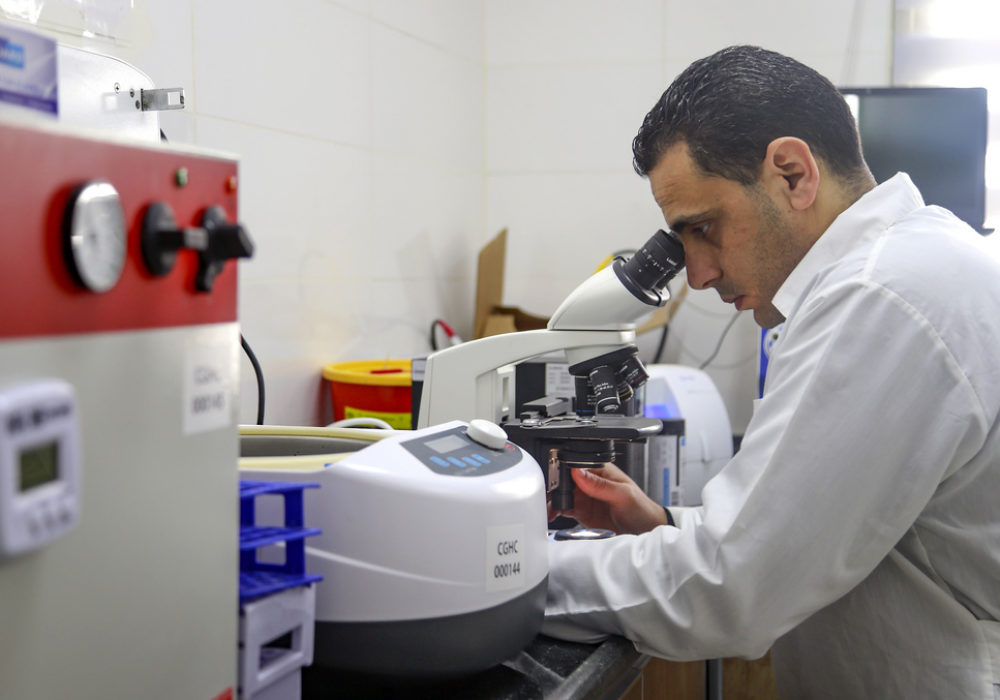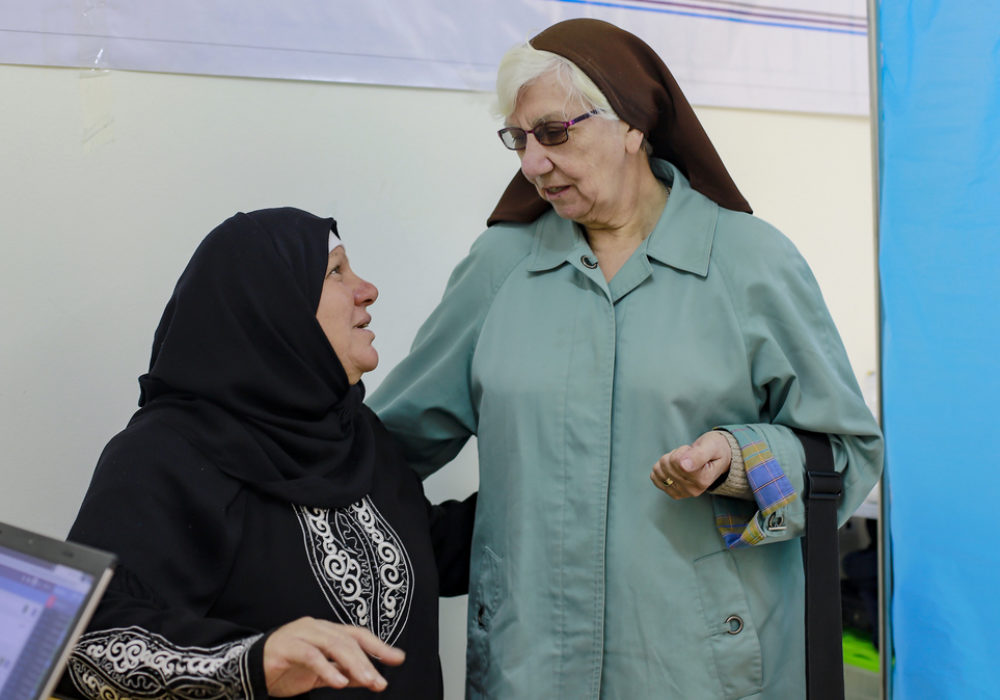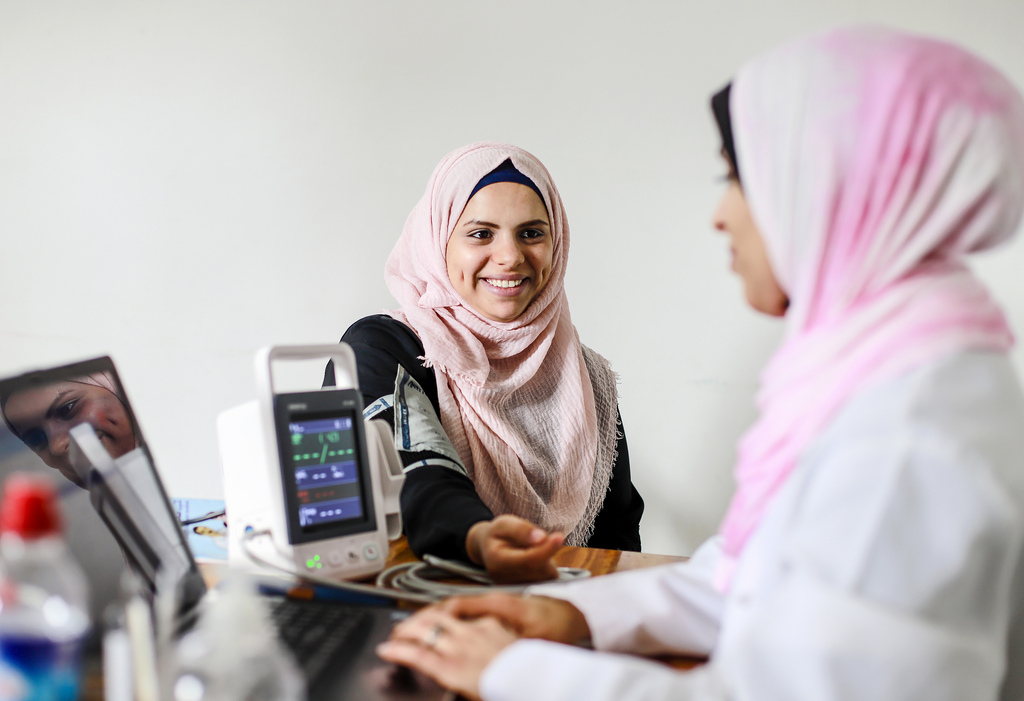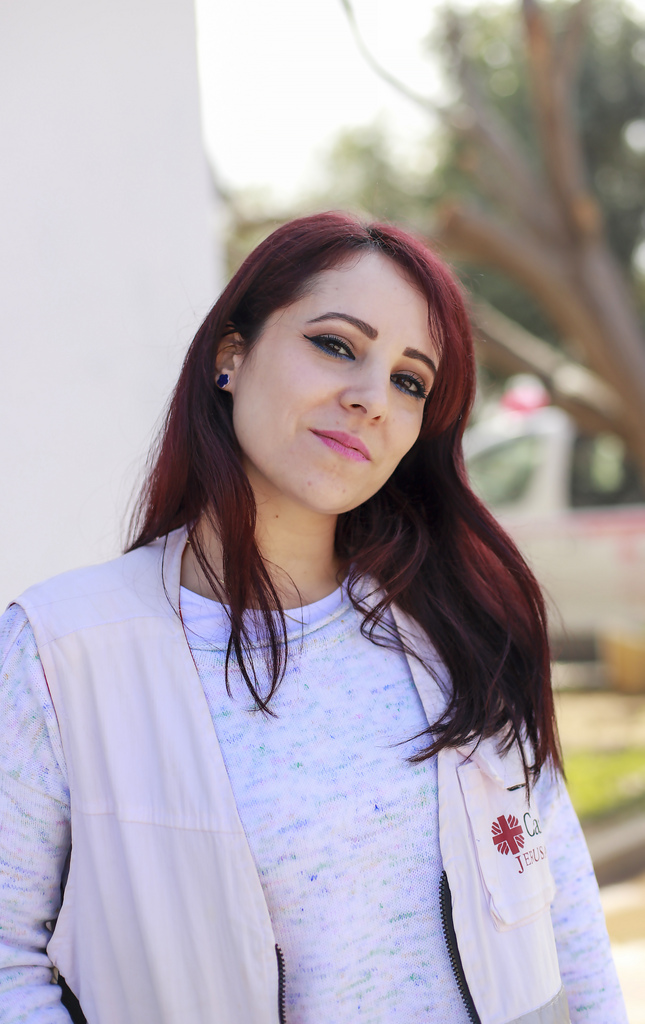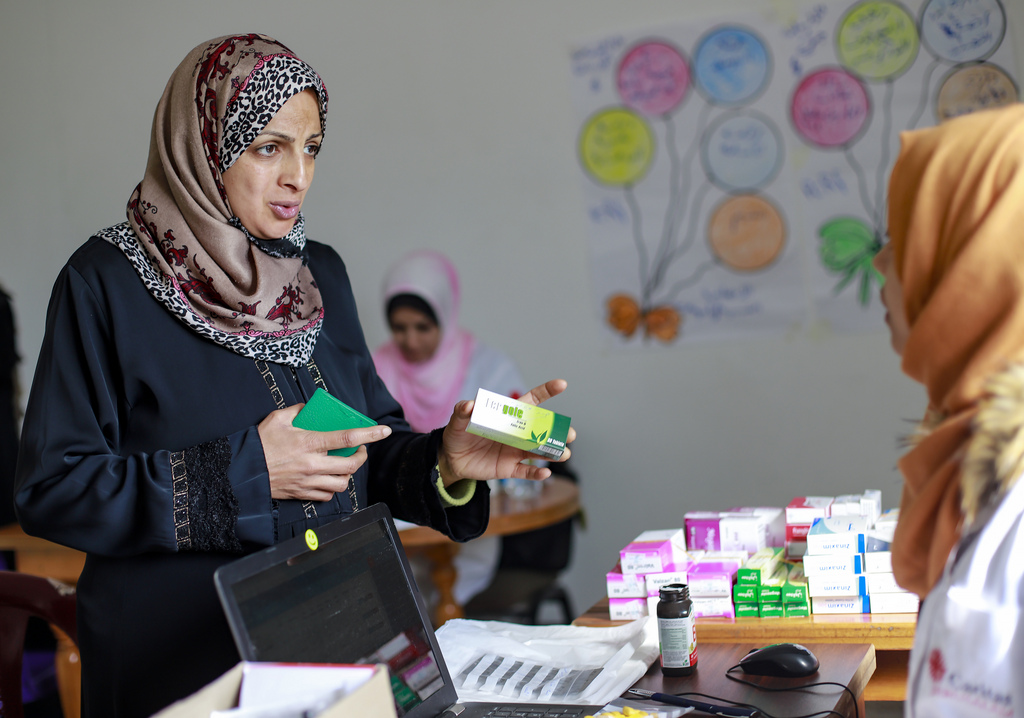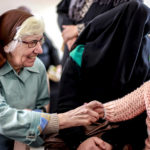Everyone assumed that Ahmed Abu Watfa would not live to see his first birthday. From birth it was clear that something was seriously wrong. He could not suckle, milk that he was fed came back through his nose, he lost weight and different medicines he was given made no difference.
His family lives among a warren of alleys in Al Shati Refugee camp, one of the most impoverished parts of conflict-ravaged Gaza. His 24 year old mother, Om Muath, says that on seeing the decline in her baby’s health, neighbours advised her to bid him farewell as they believed that he would not survive.
People had every reason to expect a tragic outcome. Ahmed’s family lives in poverty, with he and his two brothers and their parents sleeping in one room. His father works as a driver earning $1.5 a day. With Gaza’s healthcare system in crisis, the family had no chance to seek the care the baby needed.

